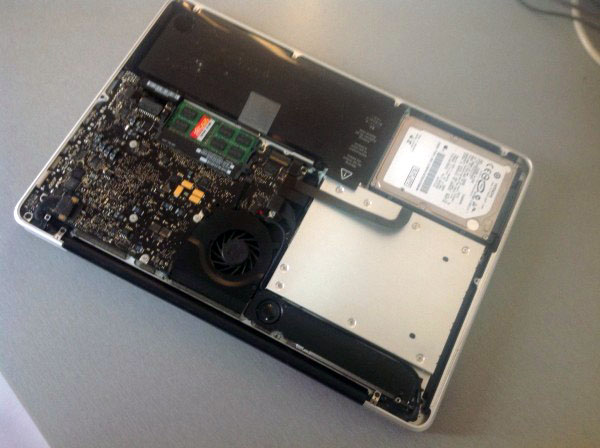

If you are, it’s time to get up to speed!Įver faster drive technology, brought about by faster spinning disks, increased cache, advances in controller architecture, and a host of other factors keeps pushing the host interface to become the bottleneck for read and write speeds. If you’re into vintage computers and you think patience is a virtue that can only be honed by waiting for programs to respond, maybe you’re still rocking a drive with a PATA interface. 5A SSD Interfaces ComparedĮvery hard drive or solid state drive you’ve used in the past ten years is likely to have used either a SATA interface, or more recently a PCI Express interface. You have to be a bit of a private eye to uncover the secrets behind these drives, and the deeper we looked, the more surprises we found. Apple talks up read and write speeds, but they rarely dive into the nitty gritty details of the technology behind the SSDs they use - drives specially designed only for Apple computers.Īfter countless questions, both from customers and our own staff, we decided to start our own investigation into the hardware involved. Remember the good ol’ days of carrying a spare battery, upgrading your own RAM, maybe even adding a second hard drive? If you’re an Apple user, those luxuries may be behind us, but upgrading your own solid state drive is still a privilege the Apple overlords allow us to have, for now that is.ĭespite retaining the ability to upgrade your own SSD, ever since Apple introduced their proprietary “blade” SSDs in 2010, the task hasn’t been as simple as it once was.


 0 kommentar(er)
0 kommentar(er)
